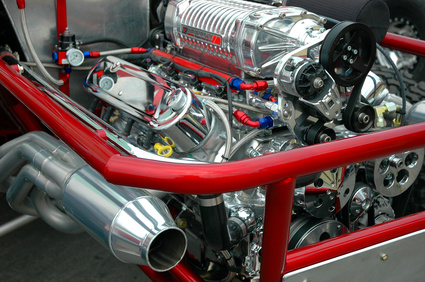
Shock absorbers are mechanical devices that damp, or absorb, the movement of a spring in order to dissipate kinetic energy. Shocks can be either a twin tube or monotube design.
A twin tube shock absorber has two tubes. The inner tube is used to control pressure. The outer tube, also referred to as the reserve tube, stores excess hydraulic fluid. Monotube shock absorbers are high pressure-driven gas shocks that contain one tube only. Both designs use a working piston and rod; however, monotube shock absorbers have greater mounting flexibility and operate either right side up or upside down, enabling them to sustain greater weight.
In twin tube shock absorber operation, nitrogen gas, at a reduced pressure level, is added to the engine cylinder to replace oxygen. This addition of nitrogen reduces engine performance fade. Monotube shock absorbers do not add nitrogen.
Monotube shocks dissipate existing heat more so than twin tube shock absorbers due to less components and their single tube design. As a result of their design, monotube shocks also operate at a lower temperature than twin tube shock absorbers.